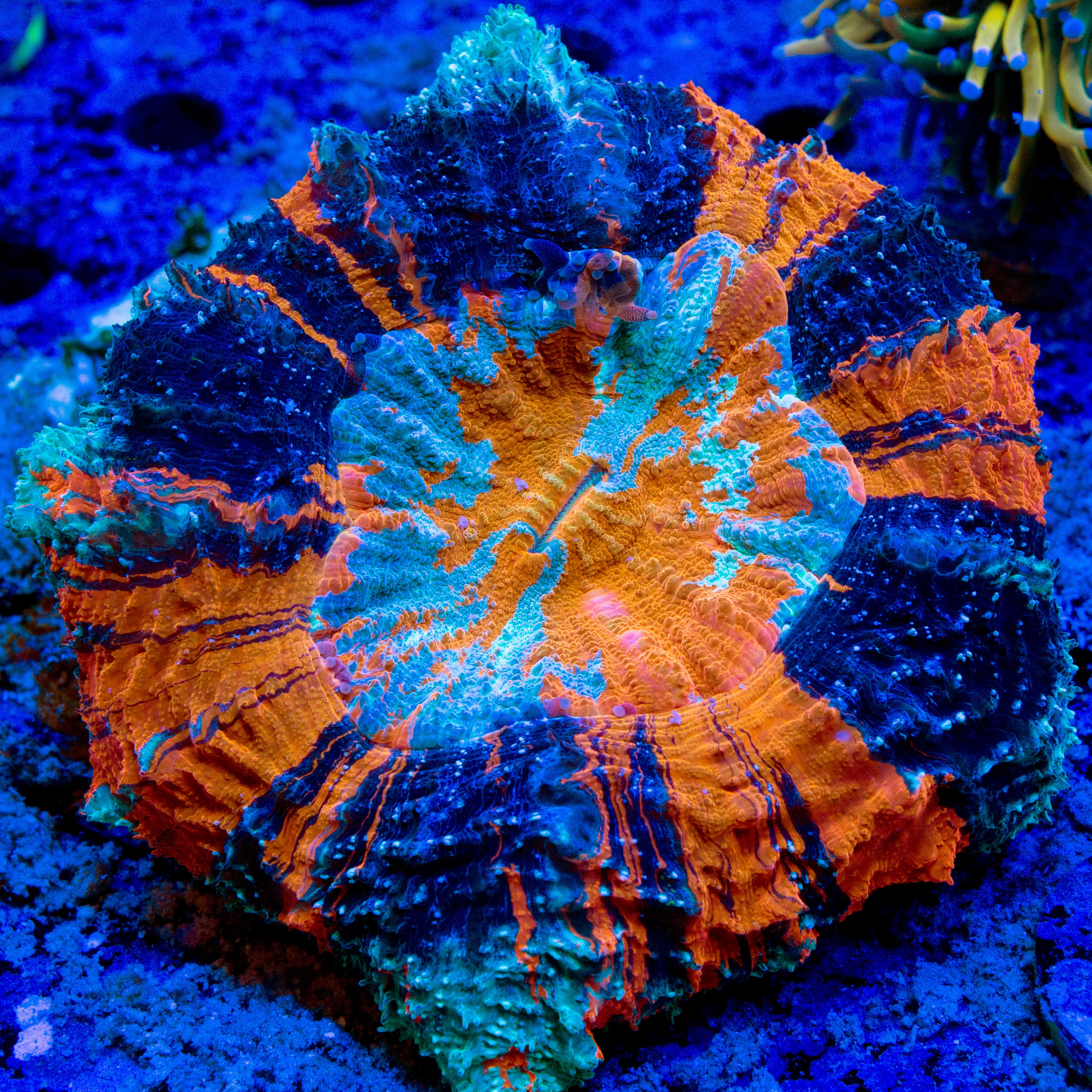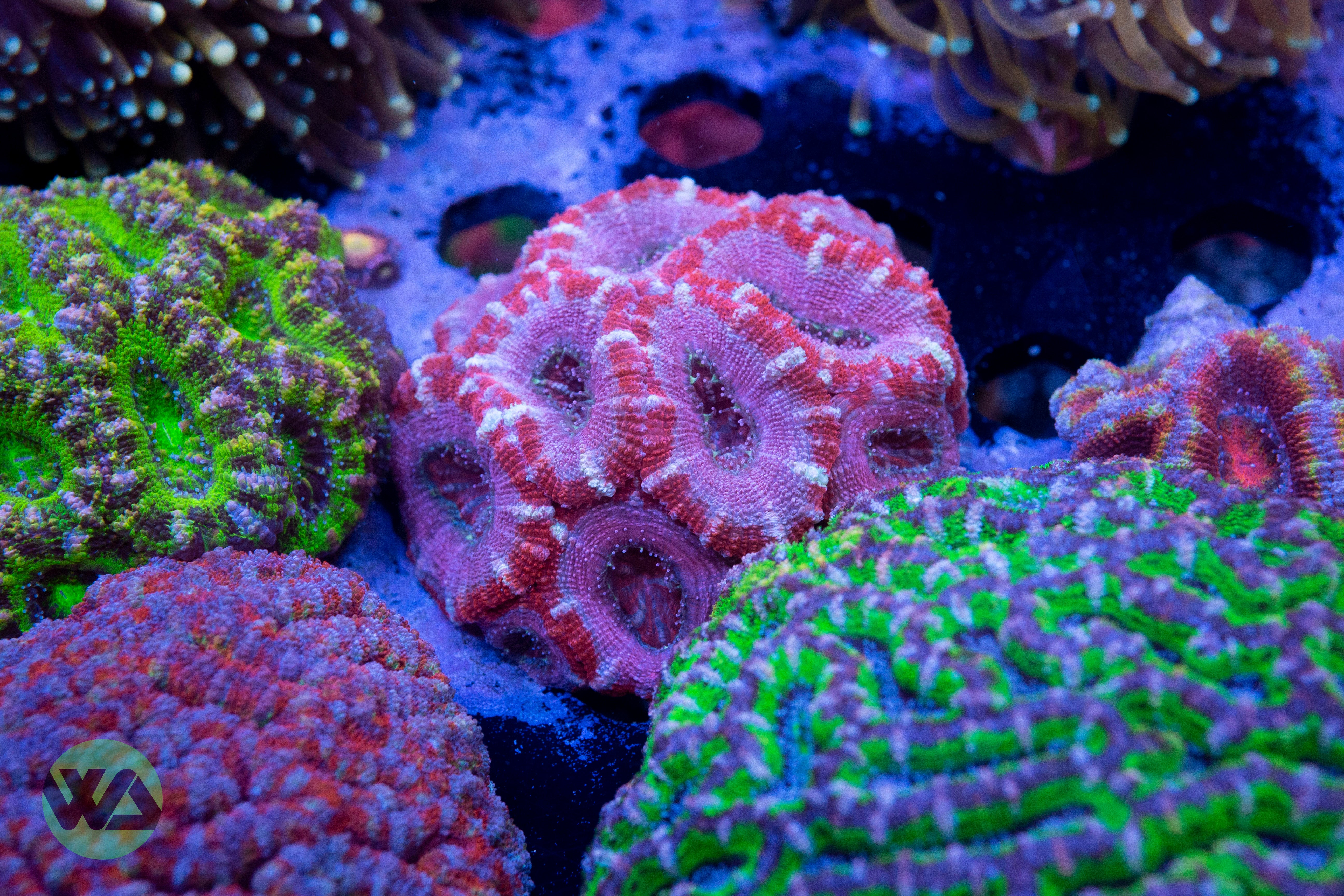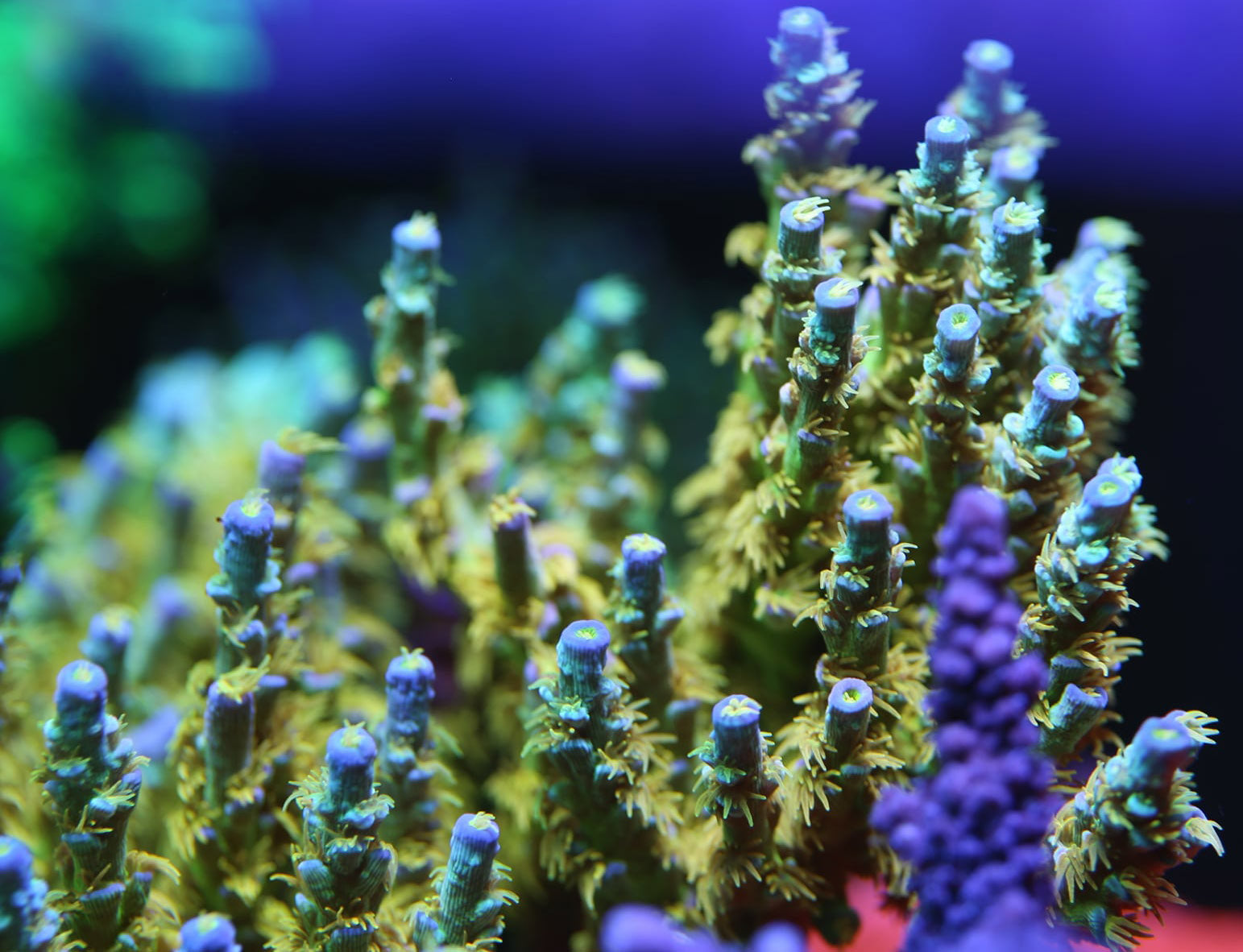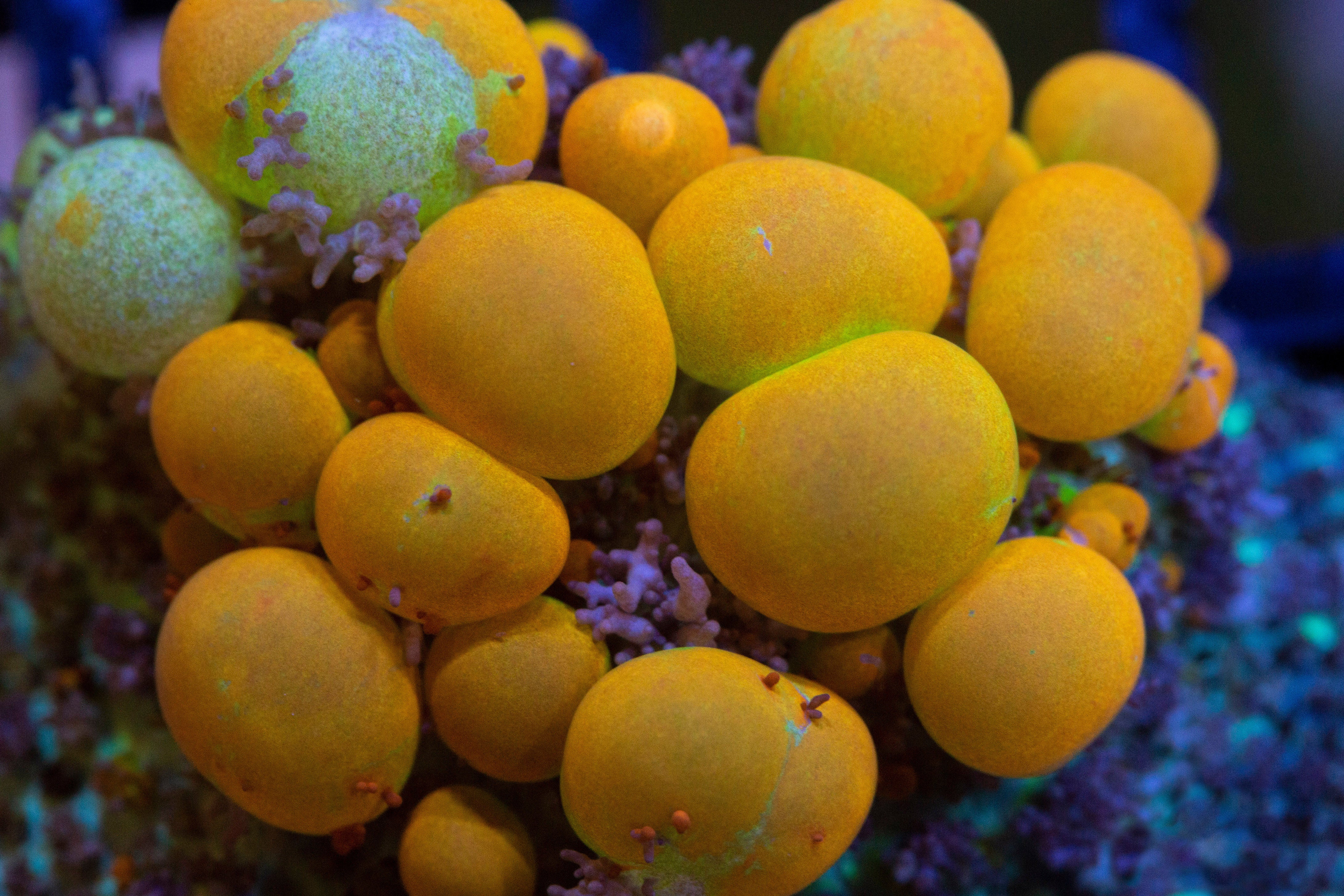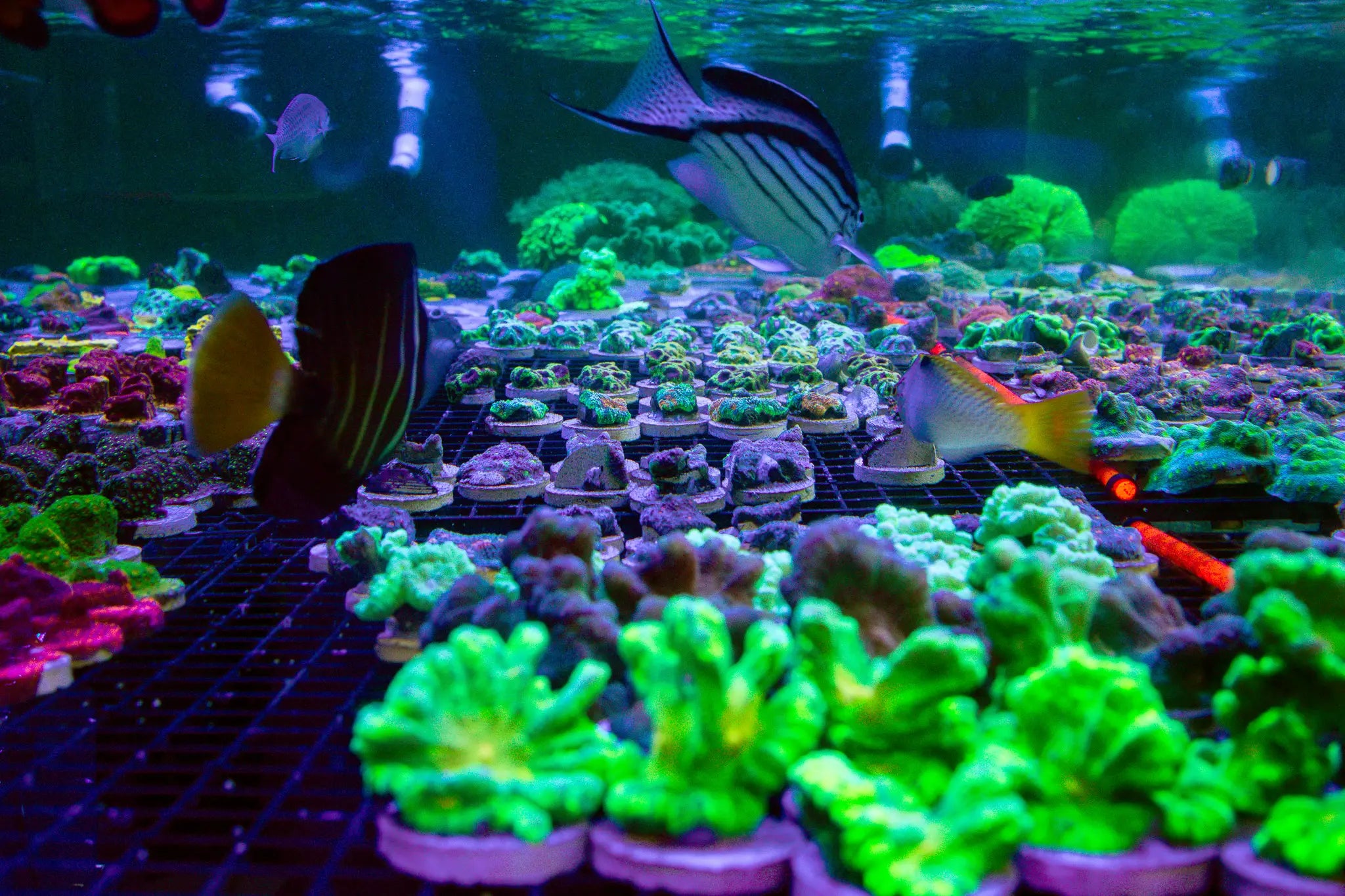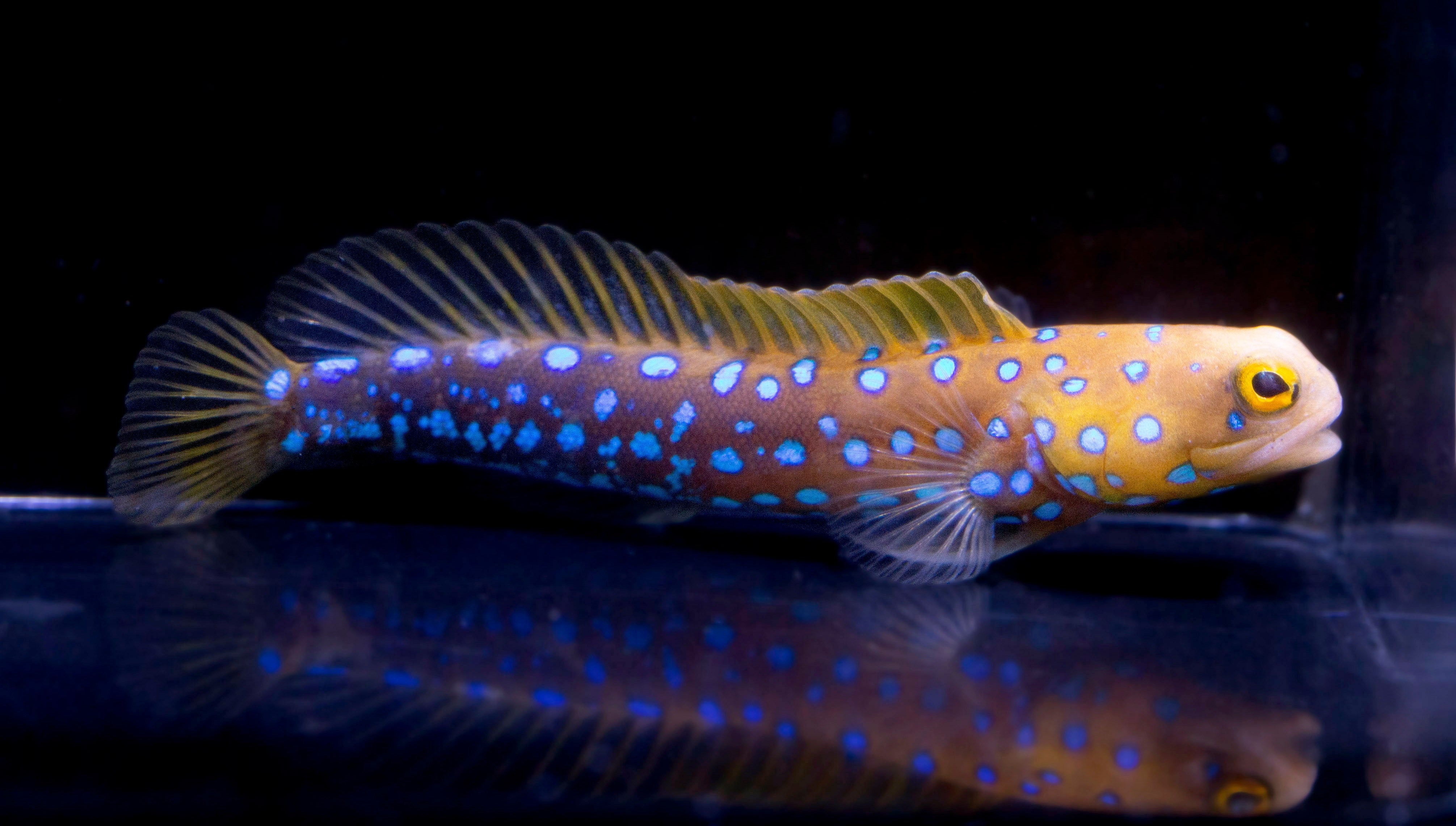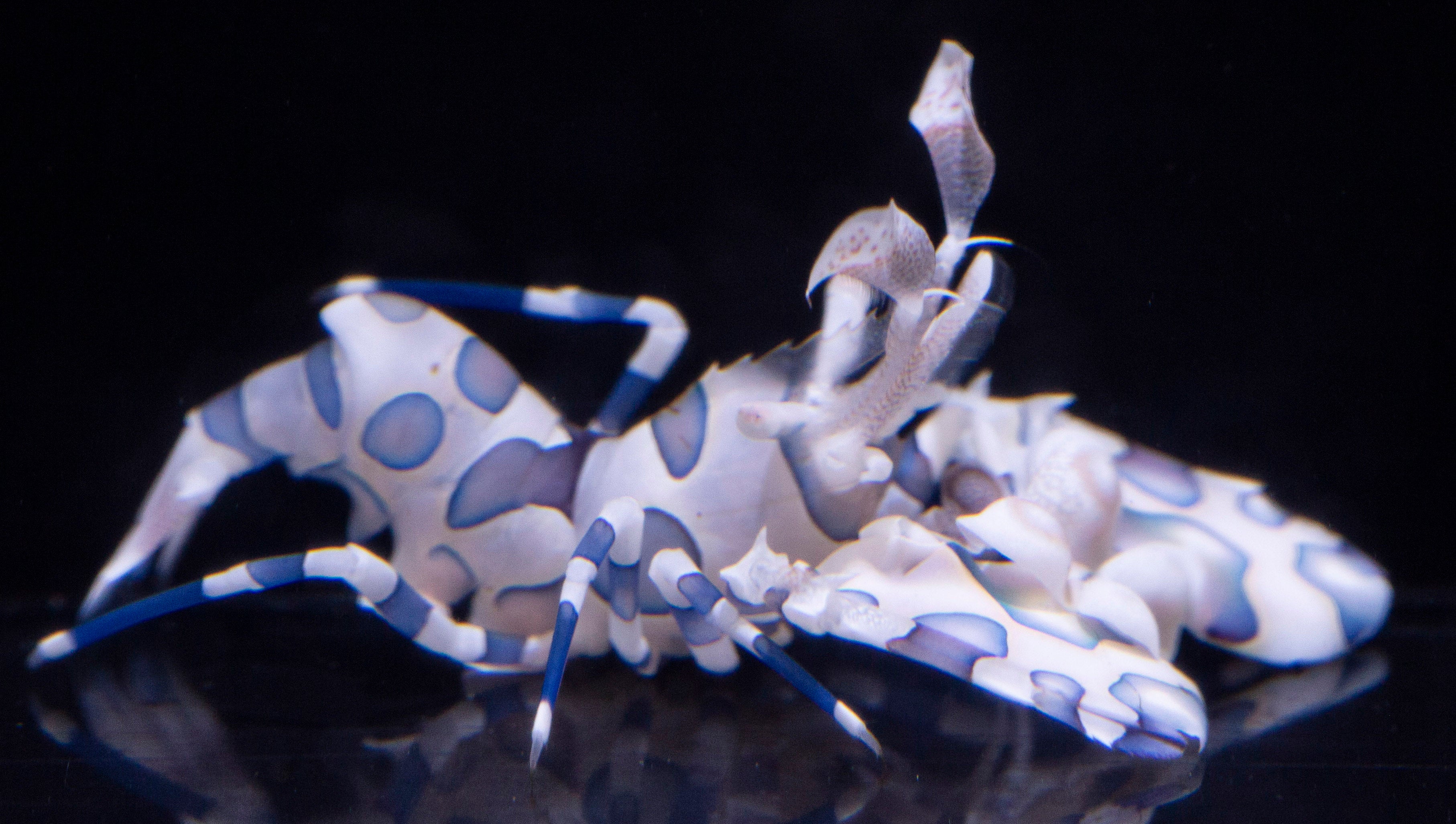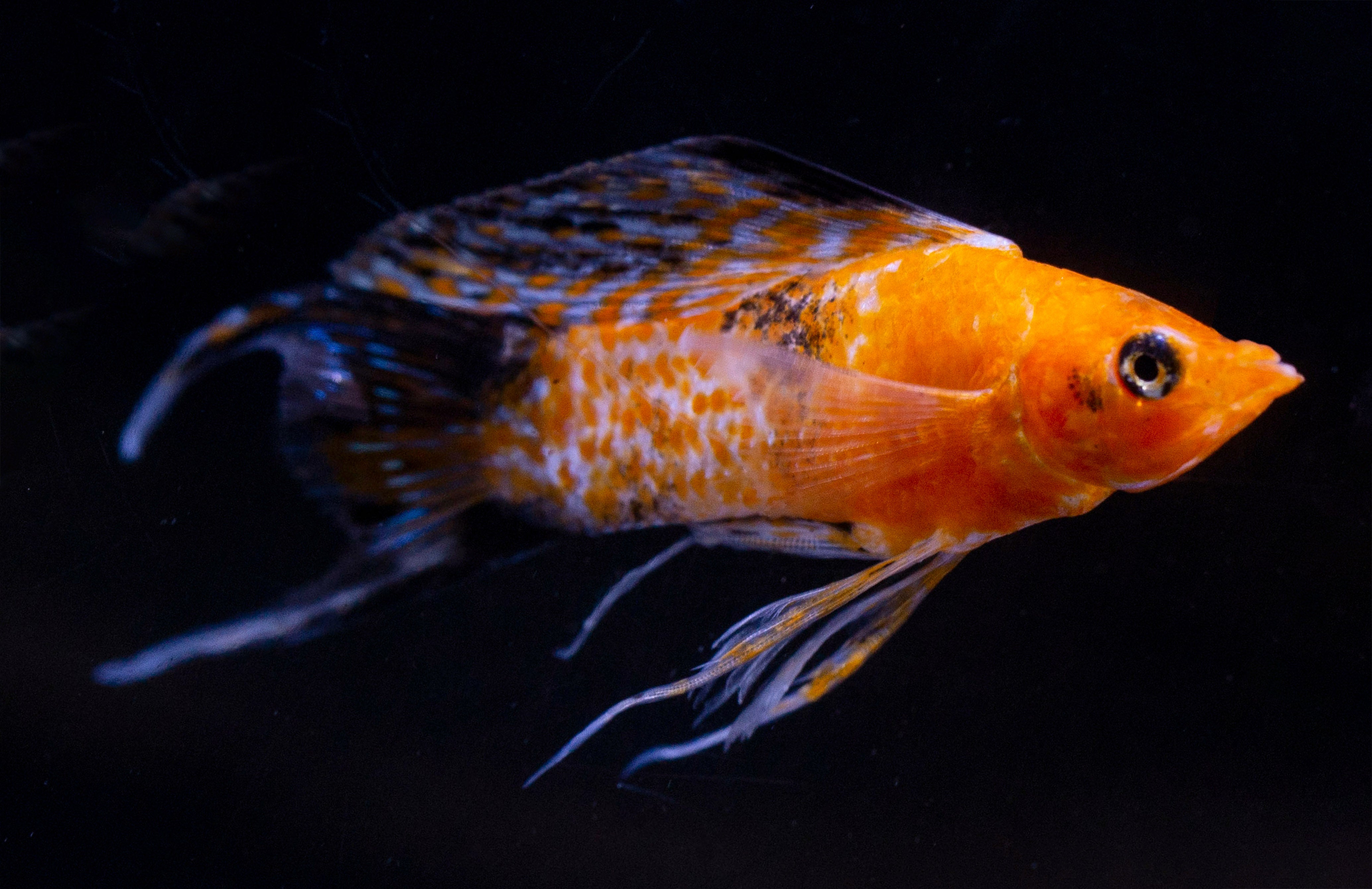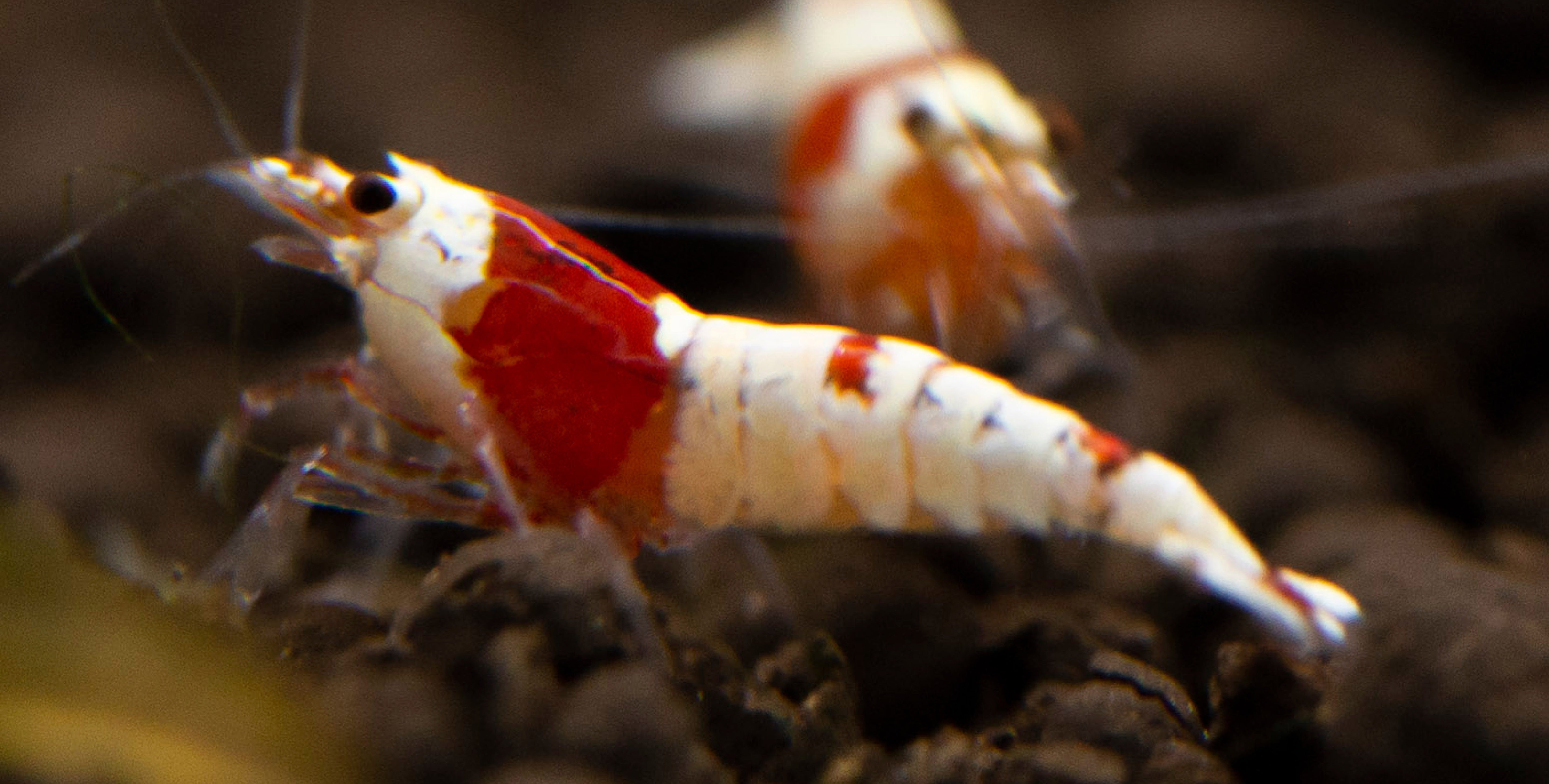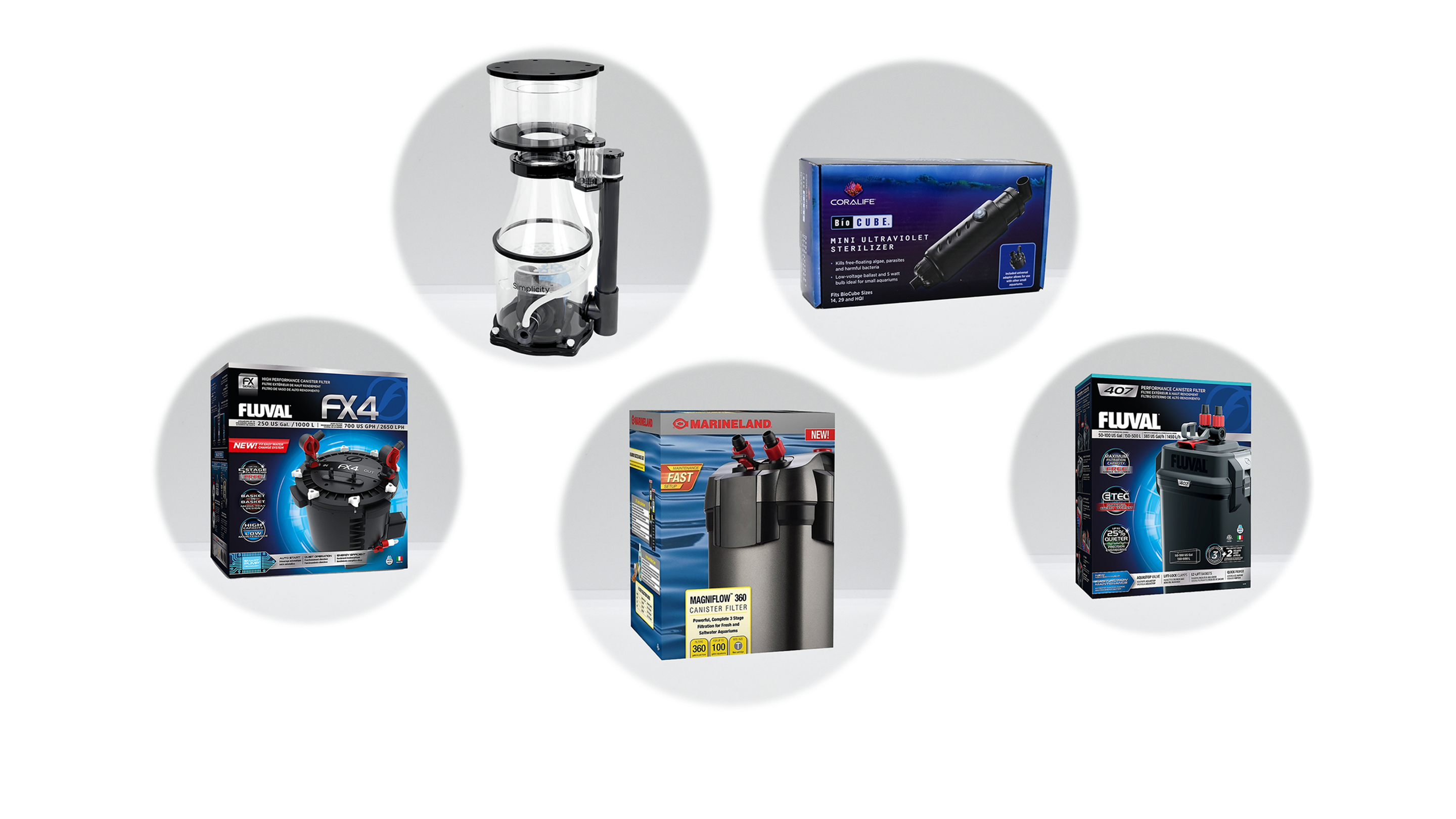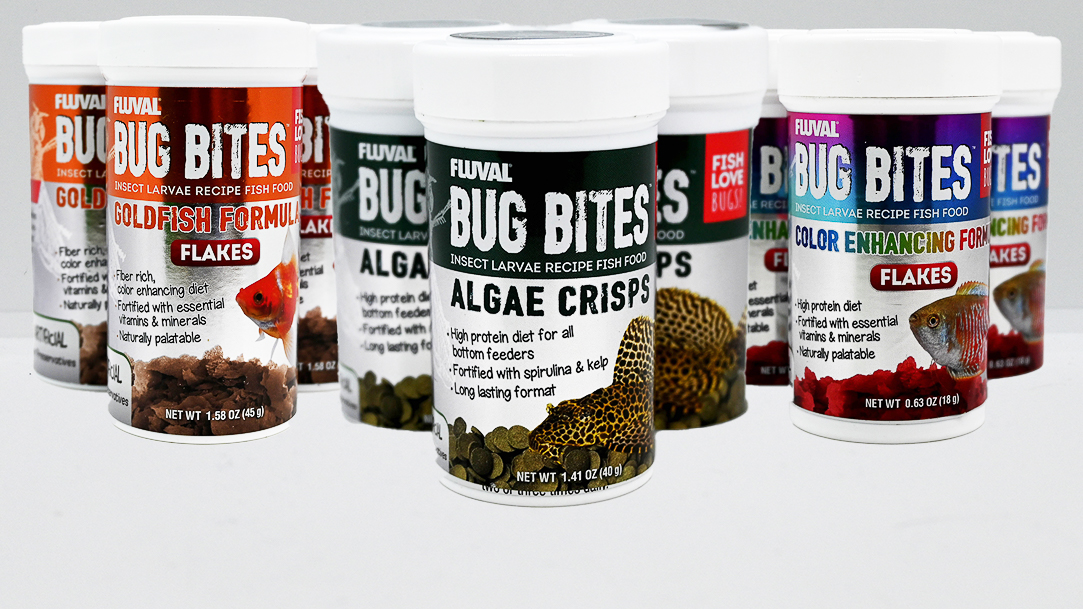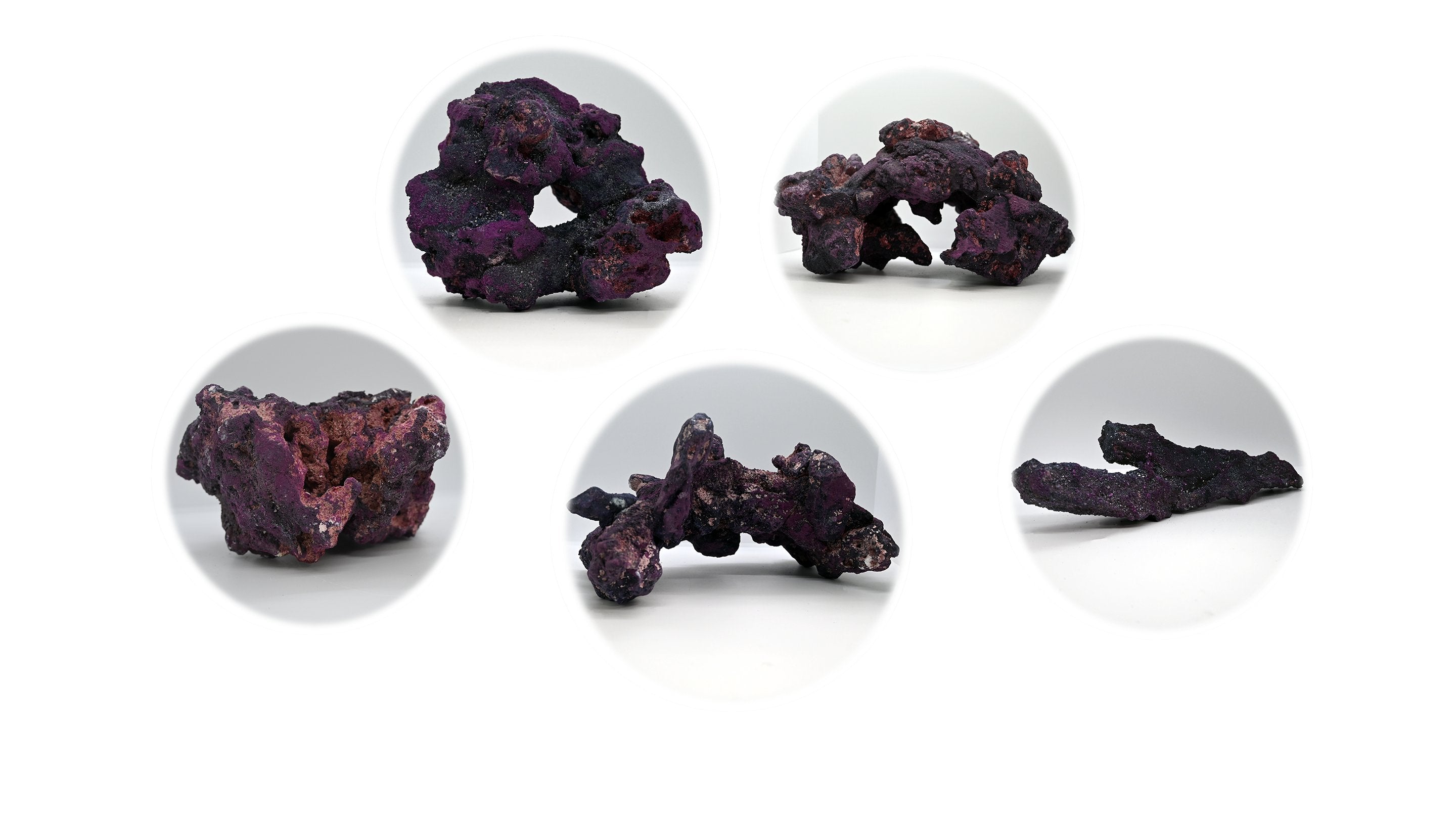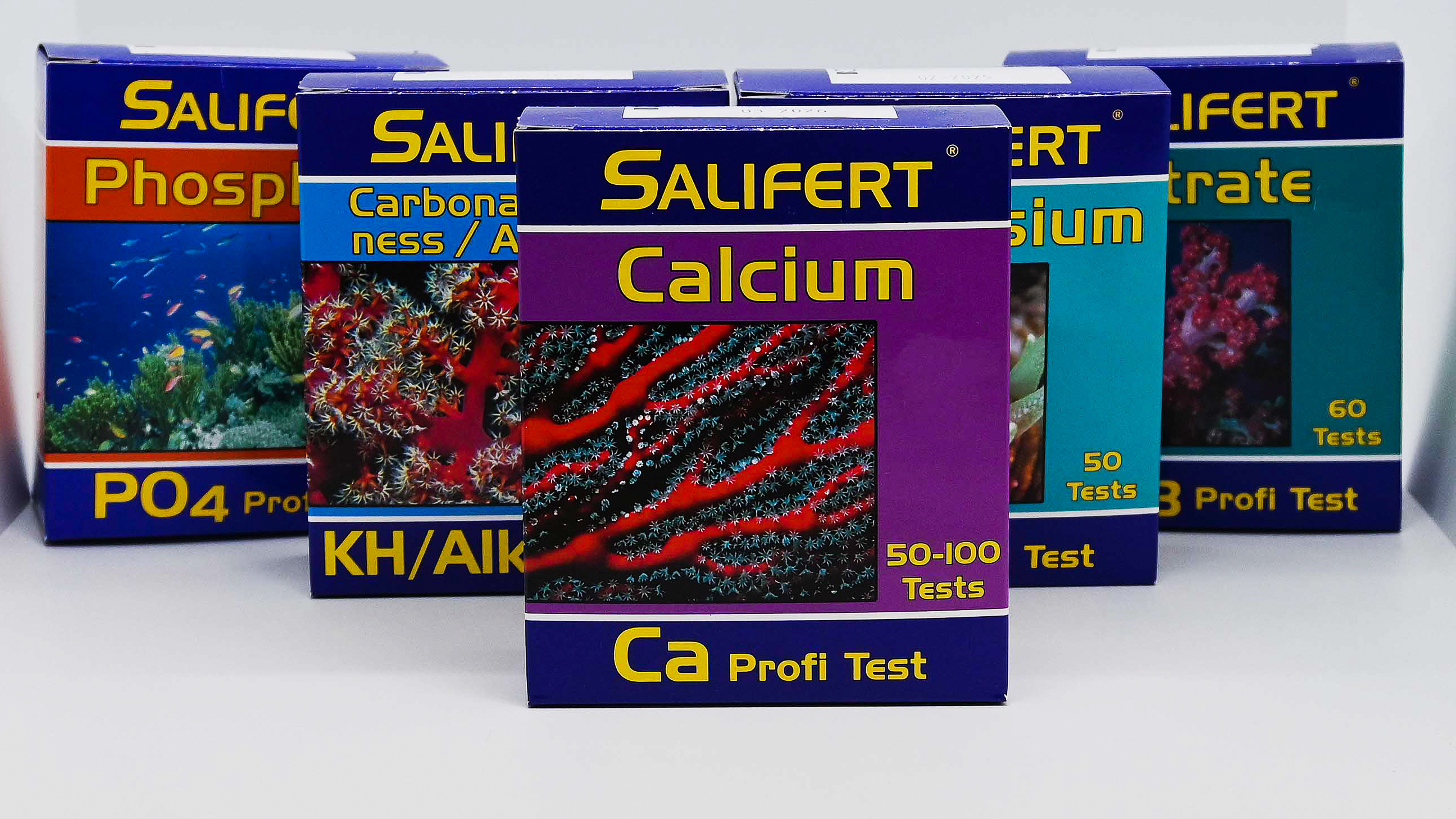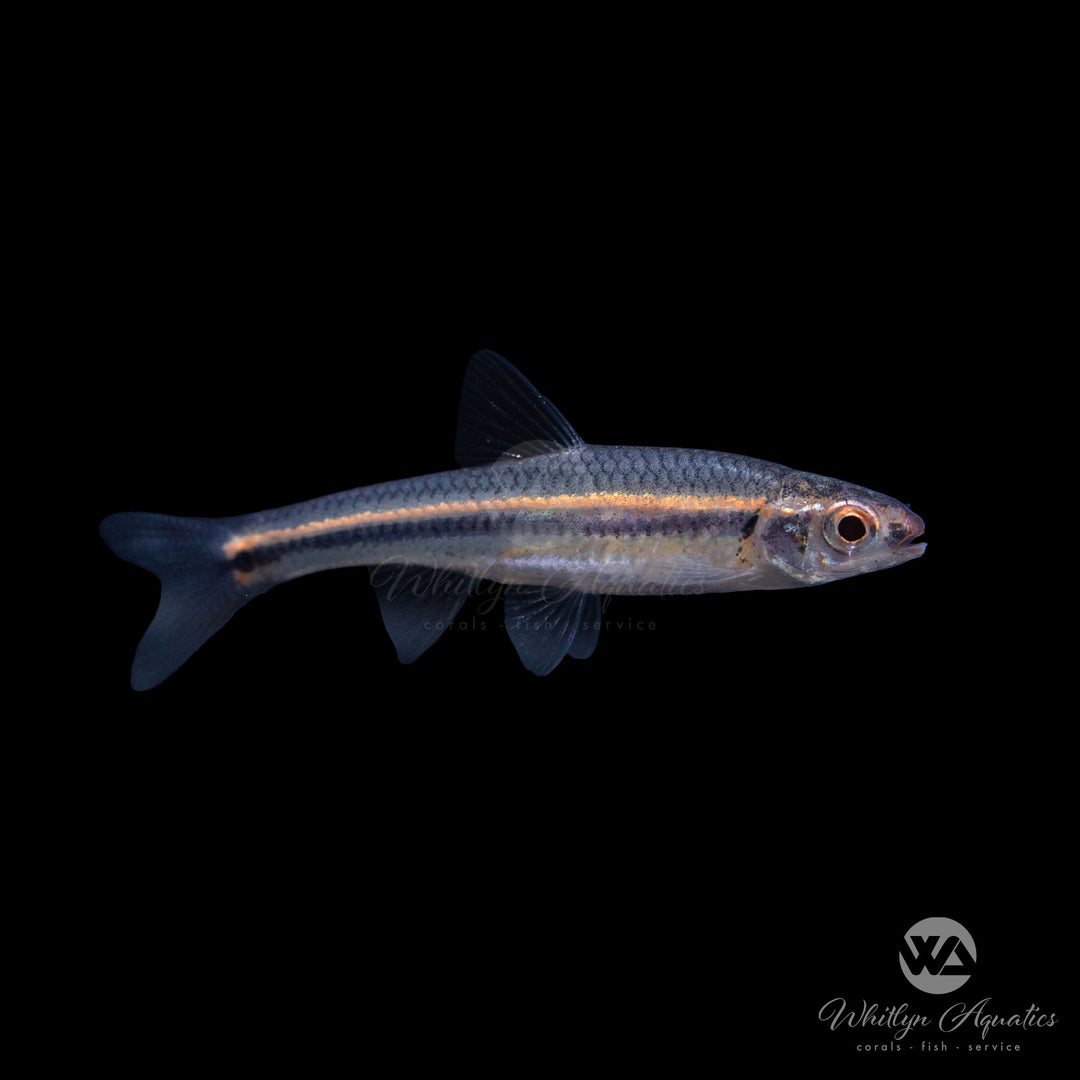Rainbow Shiner - Notropsis chrosomus
- In stock, ready to ship
- Backordered, shipping soon
Rainbow Shiner - Notropsis chrosomus
The Rainbow Shiner (Notropsis chrosomus) is a captivating freshwater fish known for its vibrant colors and lively behavior. This small, attractive species is a popular choice for aquarists seeking to add a splash of color and movement to their tanks. With its shimmering body and striking patterns, the Rainbow Shiner is sure to stand out in any aquarium setup.
Description:
• Common Name: Rainbow Shiner
• Scientific Name: Notropsis chrosomus
• Family: Cyprinidae
• Size: Typically grows to about 2-3 inches (5-7.5 cm)
• Color: Features a dazzling display of colors, including a bright blue or green iridescent body with vibrant orange and yellow stripes along the sides. The colors are most vivid in males, especially during breeding season.
Native Region:
The Rainbow Shiner is native to the southeastern United States, primarily found in freshwater streams, rivers, and ponds in areas like Alabama, Georgia, and Florida. They thrive in habitats with clear, slow-moving waters and plenty of vegetation.
Aquarium Setup:
• Tank Size: Minimum of 20 gallons (75 liters) is recommended for a small school.
• Water Parameters:
• Temperature: 68-78°F (20-26°C)
• pH: 6.5-7.5
• Hardness: 5-15 dGH (soft to moderately hard water)
• Diet: Omnivorous; enjoys a varied diet including high-quality flakes, pellets, and live or frozen foods such as brine shrimp and daphnia. Supplementing with plant matter will promote overall health.
Care Level:
• Difficulty: Easy
• Temperament: Peaceful and social; best kept in schools of at least 6-10 individuals to promote natural schooling behavior and reduce stress.
• Lifespan: Approximately 3-5 years with proper care.
Behavior:
Rainbow Shiners are active and social fish, often seen darting around the tank in schools. They display playful interactions and are known for their lively behavior, making them enjoyable to watch.
Additional Tips:
• Tank Mates: Compatible with other peaceful species like tetras, rasboras, and smaller cichlids. Avoid aggressive or larger fish that may prey on them.
• Breeding: Breeding in captivity can be challenging, but providing a separate breeding tank with fine-leaved plants may encourage spawning. Males exhibit brighter colors during breeding, making them easier to identify.


